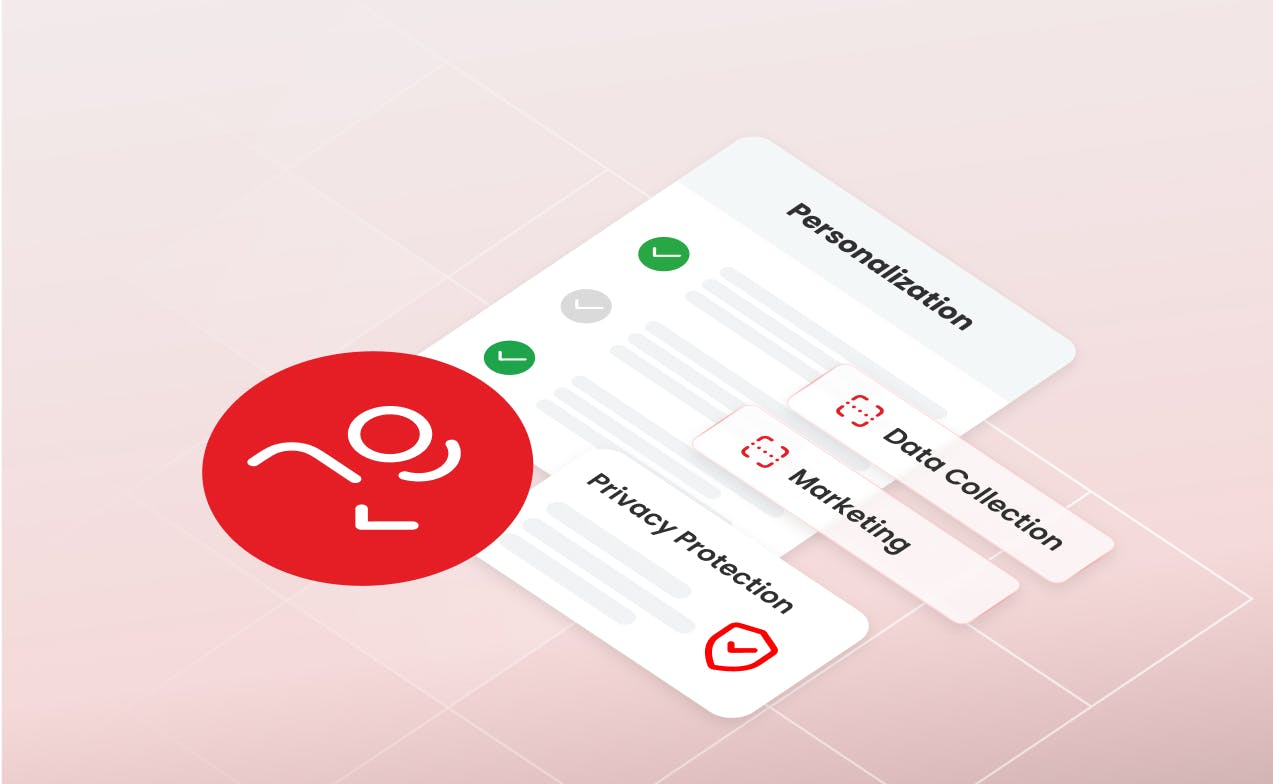
Privacy-first personalization blends relevance with respect for data rights. By using consent-driven strategies like zero/first-party data, preference management, contextual targeting, and responsible AI, businesses can comply with regulations, build trust, and deliver meaningful experiences—proving personalization can thrive without invasive tracking in today’s privacy-conscious digital landscape.
Privacy is personal—it reflects an individual's values and expectations. But a consumer’s concern for personal privacy, and regulatory protections for data privacy, are not inherently anti-personalization when it comes to marketing. In fact, when done thoughtfully, personalization can coexist with privacy, building deeper trust and longer-lasting customer relationships. The key is shifting from intrusive data collection to privacy-first personalization strategies.
The entire global economy – and marketing in particular – is digital first. And part of modern digital DNA is consumer demand and a regulatory mandate for data privacy protection and consent management.
Privacy as a concept has become a powerful force shaping how brands interact with consumers. Stringent data privacy regulations like the GDPR and CCPA, paired with a growing consumer awareness of and demand for control over personal information, have made it clear: privacy is non-negotiable. But does that mean the end of marketing personalization?
Marketers thrive on data. The more they know about a customer, the more tailored, relevant, and effective their messages can be. But traditional personalization methods—tracking cookies, third-party data sharing, and opaque data practices—are increasingly seen as invasive. As a result, marketers face several correlated realities:
Third-party cookies are on the way out
Consumers expect transparency, consent, and control
Regulators are cracking down on misuse of personal data
Within these confines, it seems like personalization is no longer possible. But instead, personalization is evolving rapidly. And the stricter parameters for data privacy can actually be an opportunity for organizations to meet the challenge.
Striking the right balance between privacy and personalization is not necessarily easy. But it starts with businesses understanding consumers’ perspectives.
From a data privacy perspective, a 2025 Malwarebytes report revealed that consumers are concerned about the misuse of their personal data, with almost 90% of respondents feeling that companies and AI tools use their personal data without consent, 77% claiming that online transactions feel like they are designed just to get their data, and 70% feeling that there is nothing they can do to control their data because it’s “already out there”.
On personalization, IAB Europe conducted a consumer study with Kantar that evaluated how consumers feel about the privacy and personalization balance, or more specifically how consumers value the services they receive from companies in exchange for their data. For example, digital services that make up consumers’ daily lives, such as search engines and news platforms, are ad-funded and powered by consumers’ consent to share their data in exchange for these “free” online services. And most consumers understand this business model, but may not fully grasp the possible repercussions and loss of access if personalized advertising disappears. They may face paywalls, less or no content (or lower quality content), and so on.
The key for businesses, of course, apart from complying with regulations and respecting data privacy is to also respect what consumers say they want. According to the IAB report, consumers want privacy-driven personalized advertising, meaning that it needs to be relevant and useful
Privacy-first personalization respects data privacy (and the consumer’s expectation thereof) while still making personalized marketing possible. It comes down to transparency and consent, and then using the right data in the right way, with the user’s consent, relevance and benefit in mind.
Here are some strategies for embracing privacy-first personalization:
Consumers aren’t against sharing data—they just want to know how it is being used. Clear privacy policies, compliant and clear consent forms, and options to control data use can actually boost customer trust.
Go beyond compliance. Use plain language, not legalese. Show customers what they gain by sharing.
Give users the ability to shape their own experience through preferences. Let them choose what content they see, how often they hear from you, and which channels they prefer.
Make preference management easy to access, update, and understand.
Zero-party data is information a customer intentionally and proactively shares—like preferences, interests, and feedback. First-party data is collected directly from user interactions on your site or app.
These types of data are more privacy-compliant than data from third parties. Use surveys, preference centers, and interactive experiences to collect them transparently.
Make it clear how you’ll use the data to enhance their experience. Value exchange matters.
AI can unlock personalization without relying on personally identifiable information. For example, you can:
Analyze on-site behavior to make real-time product recommendations
Use cohort-based personalization rather than individual tracking
Apply federated learning to derive insights without centralizing sensitive data
Use anonymized, aggregated data whenever possible. The key with AI is to not go overboard, and to design models responsibly with privacy in mind from the start.
Contextual targeting aligns ads or content with the environment in which they appear. This method doesn’t require personal data and is gaining traction as a privacy-friendly alternative.
Use contextual signals in combination with first-party insights to improve relevance without overstepping.
It’s no longer enough to personalize. You have to personalize with data privacy and user consent and respect as a part of your marketing strategy.
Privacy-first personalization doesn’t just comply with laws — it reflects a broader shift toward transparency, respect, and user empowerment. Yes, privacy is personal. But with the right approach, it can also be the foundation for more meaningful, more effective, and more human personalization and longer-lasting, meaningful customer relationships.